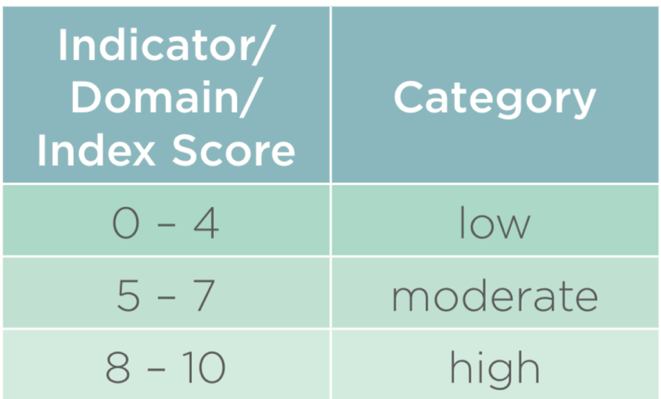Malaysia Population Research Hub
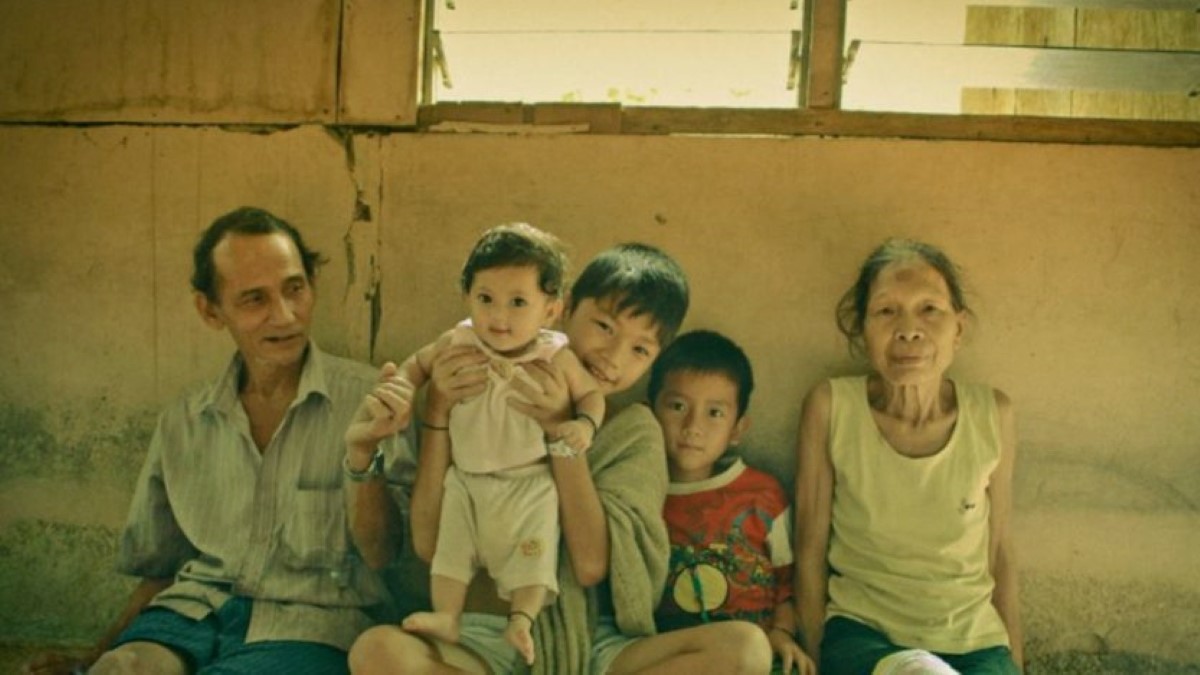
Orem (1985) suggested that well-being is a term used to describe an individual’s perception of their lives. Well-being refers to the integration of physical, social, mental, emotional, spiritual and social characteristics. Some social science researchers have explained the concept of well-being as internal constructs that may be separate from the external conditions (Hartweg, 1990; Orem, 1985). For example, irrespective of whether the individual is healthy or not, well-being can still be achieved.
Well-being can also be perceived as a state of harmony in everyday life. It is a condition characterised by the experience of happiness, pleasure, spirituality and enjoyment (Orem, 1985). Meanwhile, Lucas and Diener (2008) described well-being as an individual assessment of one’s quality of life that includes both affective and cognitive aspects.
The NPFDB (2011) defines family well-being as a safe, healthy, comfortable, harmonious and satisfying family condition. This definition covers various aspects, such as spiritual satisfaction and comfort in respect of their economy and finance; mental, psychosocial, and health; political; and sustainability.
Family well-being is synonymous with family happiness, which includes both physical and psychological well-being, the quality of the relationship between the parents, and the quality of the interactions between the parents and the children (McKeown et al., 2003).
According to Qu et.al (2013) family well-being covers four elements which are physical and mental safety and physical health, supportive intrafamilial relationship including conflict resolution skills, encouragement for family achievement, social relationship outside the family and economic security.
Family well-being can be examined in terms of family type, family process, individual characteristics and family circumstances. Family type for example can be explained in terms of whether an individual lives with a mother or a father or with both parents, cohabitation, single mother, single father or separated. Family well-being then needs to be described in terms of family process in which conflicts can be identified, history in family relationship, attitude towards parenting skills, family roles and other factors. Family type and family process is not enough to describe family well-being without the component of individual characteristics such as personality together with family circumstances that has to go through various life events, education, social class, working hours and other elements.
Armstrong et al. (2005) propose that family well-being domain includes dimension of family organisational structure, interpersonal relationship, psychological status of parents and self-efficacy of parents. Family organisational structure refers to closeness, agreement in the aspect of care, expression of feelings and conflicts while interpersonal relationship includes family relationship with members of the family and friends. Self-efficacy of parents on the other hand refers to parental competence in handling children’s problems. Newland (2015) suggests that parent’s physical health, mental health, self-ability and family resilience are important dimensions in measuring family well-being.
Malaysian’s Family Well Being Index
Ministry of Women, Family and Community Development through National Population and Family Development Board has developed Malaysian’s Family Well Being Index in year 2011. It provided a benchmark of Malaysian family well-being measuring seven domains and 23 indicators.
The index score obtained in 2011 was 7.55 on a maximum score of 10.00.
From seven domains identified, Family, Role of Religion and Spiritual Practices domain showed the highest score which was 8.25. This was followed by Family and Community Engagement domain (7.38), Family Relationship domain (7.82), Family Safety domain (7.39), Family Health domain (7.38), Housing and Environment domain (7.28), and Family Economy domain (6.90).
In year 2016, measurement on the Malaysian Family Well Being Index 2016 (FWBI 2016) has been implemented. FWBI 2016 has maintain all the seven domains consist in FWBI 2011, and has added one more domain namely Family and Communication Technology. Consequently, there are eight domains were developed in FWBI 2016 :
With regard to the indicators used, FWBI 2016 still has the same number of indicators with the FWBI 2011 which were 23 indicators despite a number of existing indicators in the FWBI 2011 that have been dropped from the measurement instrument of FWBI 2016.
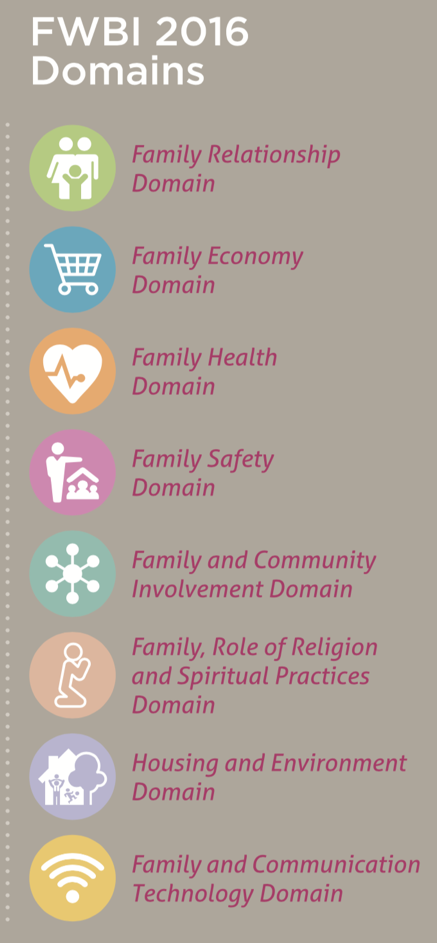
Importance of the Malaysian Family Well-Being Index
FWBI 2016 measures the level of family well-being through a household’s assessment by the father or mother regarding the well-being of their families. This index examines the level of well-being in terms of family relationships, family economy, family health, family safety, family and community involvement, religious and spiritual practices, housing and the environment, and family and communications technologies in the country. The index obtained can assist the policymakers and programmers to design appropriate and holistic intervention programs for each domains and family well-being indicators as stated in the FWBI 2016.
Domains and Indicators of Family Well-Being
FWBI 2016 measures the level of family well-being through a household’s assessment by the father or mother regarding the well-being of their families. This index examines the level of well-being in terms of family relationships, family economy, family health, family safety, family and community involvement, religious and spiritual practices, housing and the environment, and family and communications technologies in the country. The index obtained can assist the policymakers and programmers to design appropriate and holistic intervention programs for each domains and family well-being indicators as stated in the FWBI 2016.

Parental Involvement Indicator
Defined as parent and children together involve in doing daily activity, discipline and teaching responsibility attitude, praise and love.
Parental Involvement Indicator
Defined as parent and children together involve in doing daily activity, discipline and teaching responsibility attitude, praise and love.
Quality Time with Family Indicator
Is defined as a time spent by parents in doing activities that children love and leisure activities as well as the time that children use to share stories with their parents.
Work-Family Balance Indicator
Defined as the balance of time and positive perceptions of the individual on the relationship between career and family roles in which the relationship is viewed as balanced and equal to each other.
Close Relationship Indicator
Defined as a relationship phenomenon when individuals try to get help from a close relationship figure when having a crisis situation.
Family Functioning Indicator
Refers to the balance of cohesion and individual and family adaptation to achieve family well-being.
Family Coping Indicator
Defined as the ability of individuals and families to handle problems or pressure carefully
Family Resilience Indicator
Defined as a family’s ability to withstand stress and difficulty and overcome the situation.

Financial Well-Being Indicator
Defined as a financial aspiration in achieving family financial well-being.
Financial Management Indicator
Defined as the individual’s ability and responsibility in financial management. It refers to attitude and behavior towards spending
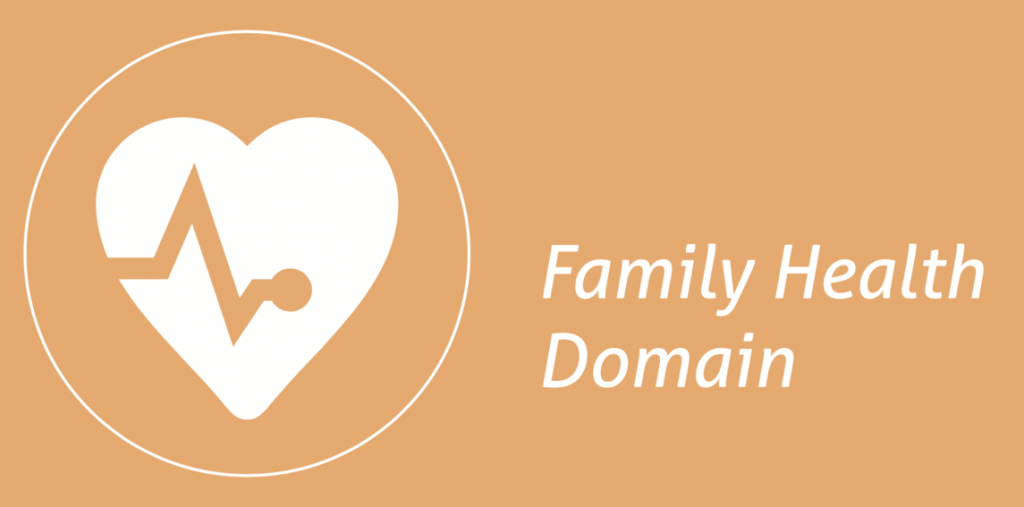
Family Health Practice Indicator
Refers to a healthy lifestyle including exercise activities, balanced daily meals, no smoking, no substance abuse and no chronic illness in the family.
General Health Indicator
Refers to the level of depression and anxiety that is measured based on anxiety problems, depressive thinking, social functionality, level of confidence and ability to act.
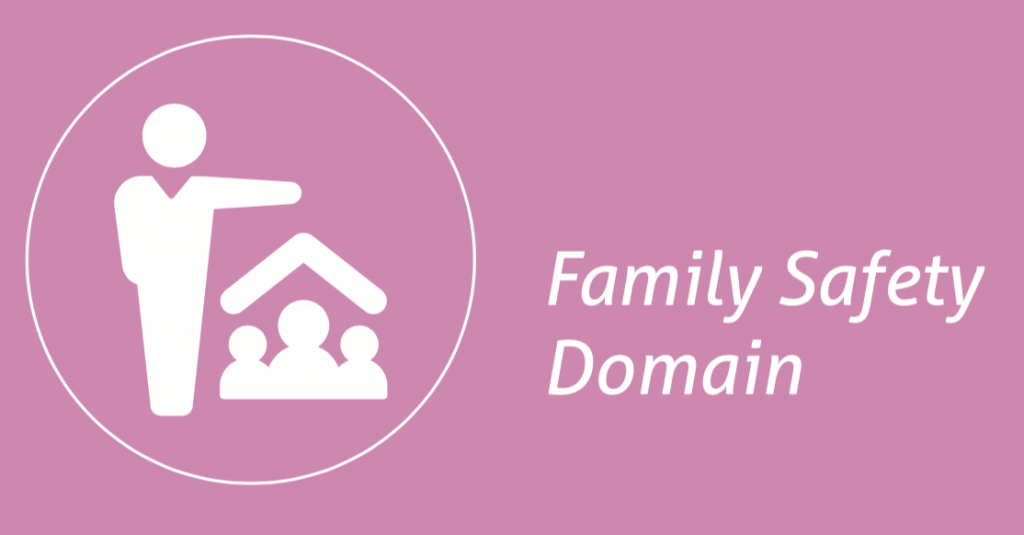
Family Safety Indicator
It is defined as a level of sensitivity and individual awareness of family safety and feels confident with the safety of the residential environment.
Emergency Knowledge Indicator
Measured on the knowledge of emergency lines, how to use the fire extinguishers, the location of the fire hydrant in the housing area and the safety of family members at home.
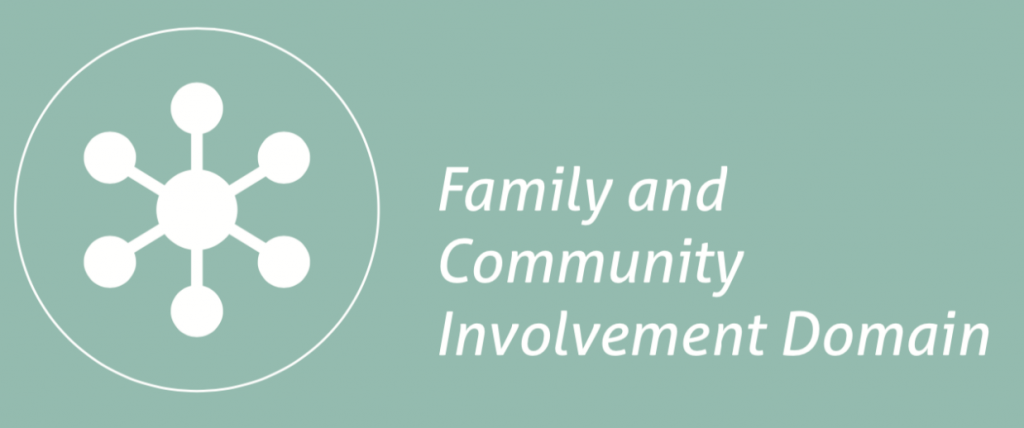
Community Cooperation Indicator
Refers to social relationships that exist from the need to develop family ties with the community.
Community Relationship Indicator
Measured by good relationships with neighbours, visiting neighbours and loving communities.
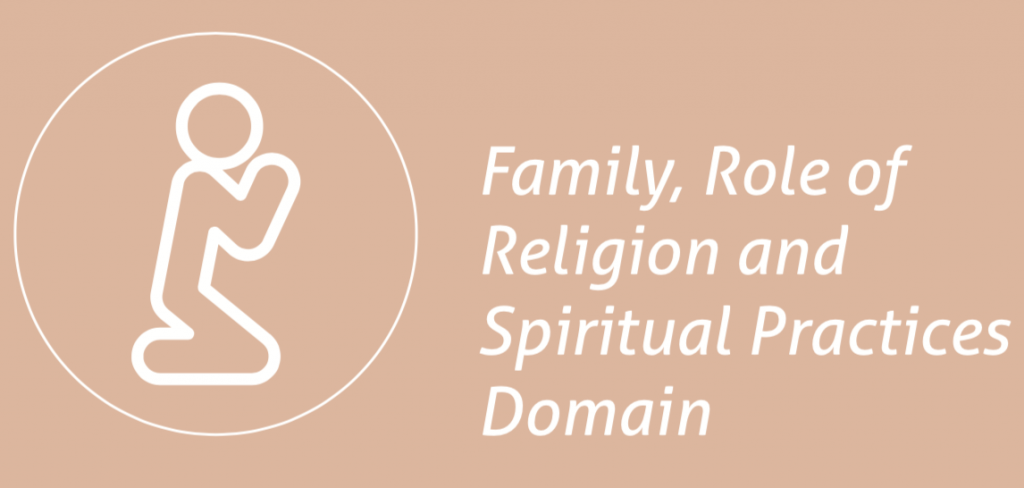
Role of Religion Indicator
Defined as the role of religion in the individual. Measured through its role as the basis of family well-being and understanding of life.
Spiritual Practices Indicator
Defined as spiritual strength in life. Measured through various spiritual practices based on religious beliefs.
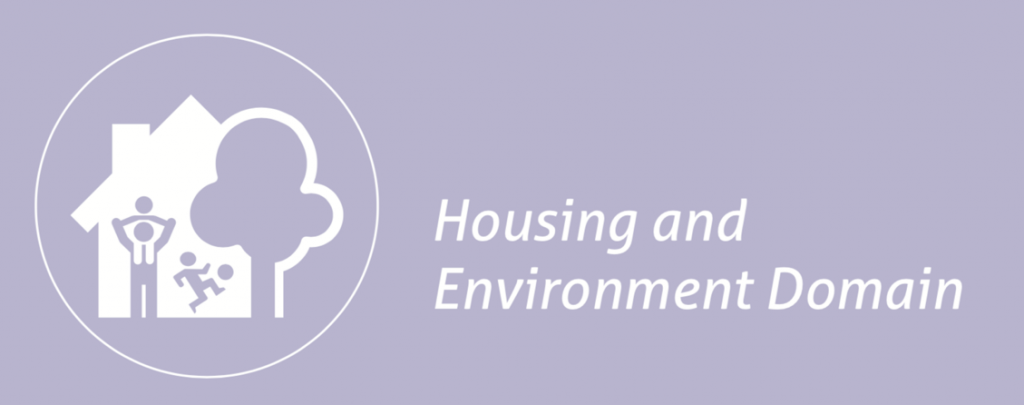
Housing Environment Indicator
Defined as the infrastructure provided for the well-being of individuals and families.
Pollution Level Indicator
Refers to odor and noise pollution involving maintenance of garbage, drainage system and noise level in residential areas.
3R Practices Indicator
Refers to awareness and knowledge on the use of plastics, reuse of goods and recycling of goods for reuse.

Influence of Communication Technology Indicator
Defined as the effect of telephone use on family member interaction.
Use of SMS and Telephone Indicator
Refers to the purpose of telephone use and communication patterns through SMS.
Control of Communication Technology Usage Indicator
Refers to the monitoring and supervision of the children’s usage of communication technology such as SMS, WhatsApp, Wechat, Telegram and computer.
Indicator, Domain and Index Score Category
To facilitate interpretation of family well-being, FWBI 2016 used the indicator, domain and index score category as follows:
The category of the index used in FWBI 2016 was determined based on a calculation of score distribution by each domain. Distribution of score was divided into three categories based on equal band size to build three categories of scores i.e. high, medium and low. Therefore, the category for FWBI 2016 was 8-10 as high, 5-7 as moderate and 0-4 as low.
